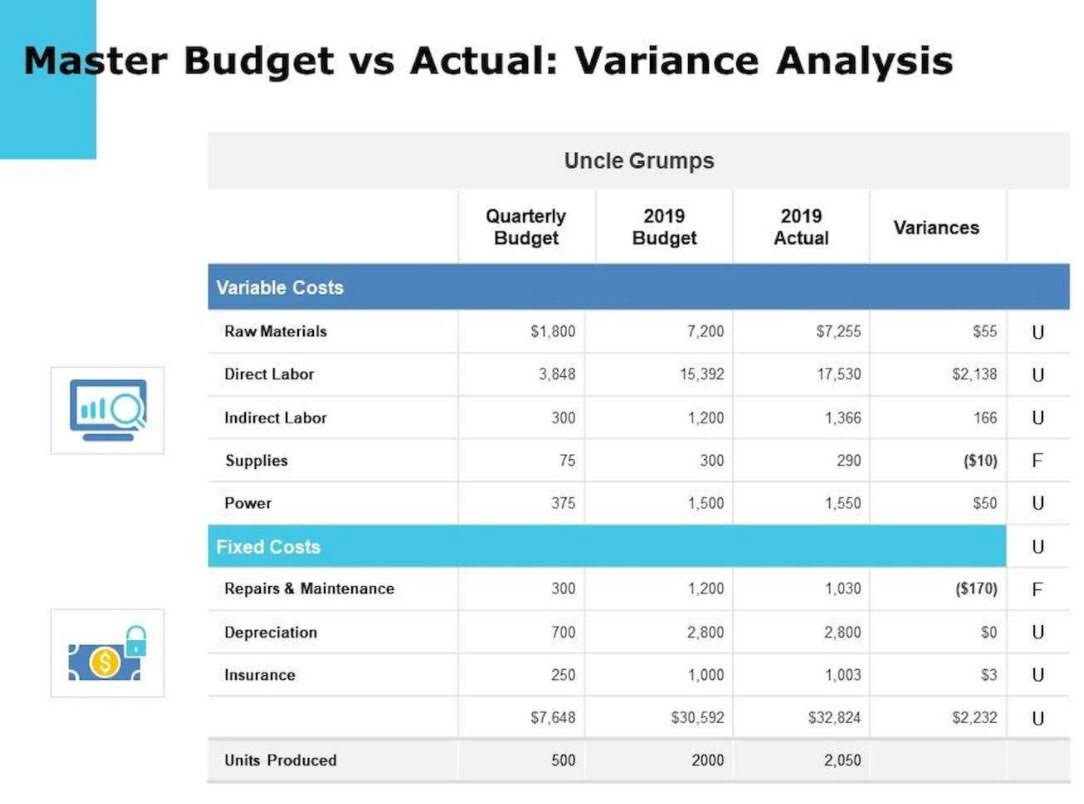All these can hurt the profitability of a business and disrupt the supply chain if it is in larger quantities. Slow-moving items and dead stock can take up valuable storage space that could be used to store a higher volume of faster-selling products. Supply chain forecasting involves using data and research to obsolete inventory definition make predictions on all aspects of the supply chain to ensure a business runs smoothly and continues to grow. This includes having insights into production lead times, labour needs, warehousing, order fulfilment, and shipping.
Obsolete Inventory: Definition, Examples & its Management
By focusing on items with long aging periods, you can take proactive steps to sell them before they become obsolete. Even products without explicit expiration dates can become obsolete due to extended shelf life. Review the recommended shelf life of your products and monitor them closely to avoid exceeding this timeframe. Obsolete inventory is usually recorded as an expense on a company’s income statement, which reduces the company’s profits and tax liability. It is also reported as a decrease in the value of inventory on the company’s balance sheet. As a result, it affects the bottom line by influencing the cost of goods sold and the overall profitability of the business, providing crucial insights for decision-making and financial analysis.
But, what about inventory that has been in the company’s possession for so long that it can’t sell? Unorganised inventory management leads to poor inventory tracking and ordering mistakes. If a supplier discontinues a product you carry, it’s a clear sign of potential obsolescence. Start selling off your existing stock as soon as possible and explore alternative products to avoid future gaps in your inventory. This can strain the resources of a company and hinder the fluidity of its operations.
How Does the Presence of Obsolete Inventory Impact a Company’s Financial Health and Operational Efficiency?
Reviewing your previous obsolete inventory reports can help you identify trends and patterns in the types of products that become obsolete. By understanding what led to past obsolescence issues, you can take preventive measures to avoid similar situations in the future. Excessive inventory of any product, regardless of its current demand, can indicate potential obsolescence. Analyze your stock levels and identify items exceeding your optimal inventory levels. Analyze your sales data to identify items with consistently low sales or declining demand trends. These products are likely nearing the end of their shelf life and require closer attention.
It also impacts profitability due to the inability to sell or repurpose the inventory, leading to potential write-offs and losses. They may also lead to supply chain issues due to warehouse delays and inefficiencies. Also called excess or dead inventory, obsolete inventory is inventory that has reached the end of its product lifecycle. When a product is stored in the warehouse for too long, it will inevitably become obsolete inventory. Whether it’s a car, television, or clothing, every product will go through the four stages of a product lifecycle — introduction, growth, maturity, and decline. When a product has matured, it means it’s incredibly profitable due to the cost of production and marketing both being decreased.
Alternative Inventory Strategies
If not, it may be best to liquidate or donate the inventory to avoid overpaying storage fees. Obsolete inventory is a drawback to any small business, cutting into profit margins, reducing working capital, and taking up warehouse storage space. Any inventory that cannot be sold needs to be written off as an expense at the end of the fiscal year. Poorly designed products don’t align with consumer preferences or needs and become outdated faster.
This is one of the most wide-spread causes, which may result in inventory obsolescence. Incorrect forecasting of customer demand most of the times makes the businesses order more stock than needed. They proceed with that excess inventory on hand only after selling a small portion of it. It’s also known as “obsolete stock,” “dead inventory,” or “excess inventory.” Any business can deal with cases of inventory obsolescence as the times’ change and customer demand changes at the same time. Analyzing historical sales data can reveal trends and patterns in customer demand.
- One of the main culprits of slow-moving, excess, and obsolete inventory is buying more than you can sell.
- Real-time access to data across the supply chain is beneficial for real-time inventory management.
- Implementing robust demand forecasting methods becomes crucial to align inventory levels with fluctuating consumer demands, ultimately minimizing the risk of obsolescence and maximizing asset utilization.
- For this reason, effective inventory tracking is crucial to modern manufacturing and distribution operations.
- It often arises when products become outdated, discontinued, or replaced by newer versions.
- Staying informed about such developments ensures accurate inventory classification.
A write-off is when stock is eliminated from the books altogether due to losing all realizable value. Regulatory compliance is critical when managing and reporting obsolete inventory. Both GAAP and IFRS provide guidance on inventory valuation, emphasizing accurate assessments of net realizable value. For example, under GAAP’s ASC 330, companies must evaluate inventory for impairment at each reporting period to avoid overstating assets.
There are various internal and external factors that cause obsolete inventory. Some of them are lack of inventory management, inaccurate demand forecasting, lack of supply chain data, changes in consumer preferences, and product innovation in the market. Demand forecasting gone wrong is a leading cause of inventory obsolescence, as overestimating market demand inevitably leads to excess inventory. Accurate demand forecasting is essential to balancing inventory levels with market needs, thus preventing obsolescence and minimizing financial losses.
Get in touch with an expert. Talk with sales.
If your inventory is made of recyclable materials, you can sell the same to recycling factories. While we discussed the basics of obsolete inventory that results from innovation or changing trends, let’s take a closer look at these causes in detail. In the case of smartphones, innovation happens at a fast pace where the new model replaces the old one. To avoid excessive stock, it is best to reduce the number of units you order at the time of new launches and the introduction of new models in the market.
You can monitor the product life cycle and reduce the storage of inventory when you realise the product has reached the latter stages of its life cycle. You can set up an ageing threshold and decide the timeline based on the type of product. For example, apparel and electronics can have a threshold of 6-12 months while vegetables or fruits may have a threshold of mere 2-3 days. Obsolete inventory, also known as dead or excess inventory, refers to goods that a business cannot or is not able to sell because they have reached the end of their lifecycle. Ecommerce merchants can now leverage ShipBob’s WMS (the same one that powers ShipBob’s global fulfilment network) to streamline in-house inventory management and fulfilment. With real-time, location-specific inventory visibility, intelligent cycle counts, and built-in checks and balances, your team can improve inventory accuracy without sacrificing operational efficiency.
One of the key ways to prevent inventory from going obsolete, and even enter the slow-moving territory, is to nail down solid inventory tracking processes. Without thorough and accurate inventory tracking, your company can lose sight of what inventory items need to be tracked, how they are sold, and how many you need to order to replenish inventory. It includes current inventory, future inventory, and you manage it as you sell items, ship items, and add new stock to fill the shelves.
- The moment you feel you are dealing with a slow-moving inventory, you should take actions.
- By understanding the causes of obsolete inventory, businesses can take steps to minimize its occurrence and manage it effectively when it does occur.
- Manufacturing companies understand this all too well, as they must keep track of the inventory in their warehouses.
- This surplus stock can tie up valuable capital and warehouse space, impacting the company’s profitability.
- If all else fails, write off obsolete inventory to minimize further financial losses.
It can also lead to losses for the company if it is not properly managed and sold off in a timely manner. This process helps businesses optimize their working capital by streamlining inventory levels, ensuring that capital is not tied up in slow-moving or obsolete stock. Effective inventory control procedures enable companies to forecast demand and adjust procurement, ultimately reducing the risk of overstock and preventing financial losses.
Leverage historical data and seasonal patterns to create data-driven forecasts. To optimise inventory, you first need to accurately predict lead times that are a part of the order cycle time. Supply ordering decisions based on assumptions and rules of thumb often lead to miscalculations and excessive inventory in the warehouse. Again, go back to your supply deals and negotiate lead times or measure their performance against them.
This type of inventory is often a result of changes in technology, consumer preferences, or market trends. When items in the inventory are no longer viable for sale, they are considered obsolete. This can pose a challenge for businesses as it ties up valuable resources that could be used for more profitable ventures. Companies need to regularly assess their inventory and implement strategies to manage and reduce obsolete inventory to maintain efficiency and competitiveness in the market. Obsolete inventory is any inventory that a company can no longer sell or use due to lack of demand.
The moment you feel you are dealing with a slow-moving inventory, you should take actions. Apart from trying to sell using strategies such as bundling, discounts, and remarketing. The companies which apply the perpetual inventory system are less likely to have such problems. This system helps to have updated stock information per each sales transaction. The same is true if you start using automated eCommerce business automation for the overall management control. When you cannot sell your inventory for a long time, it starts losing its value in the market.













.jpg)
.jpg)
.jpg)